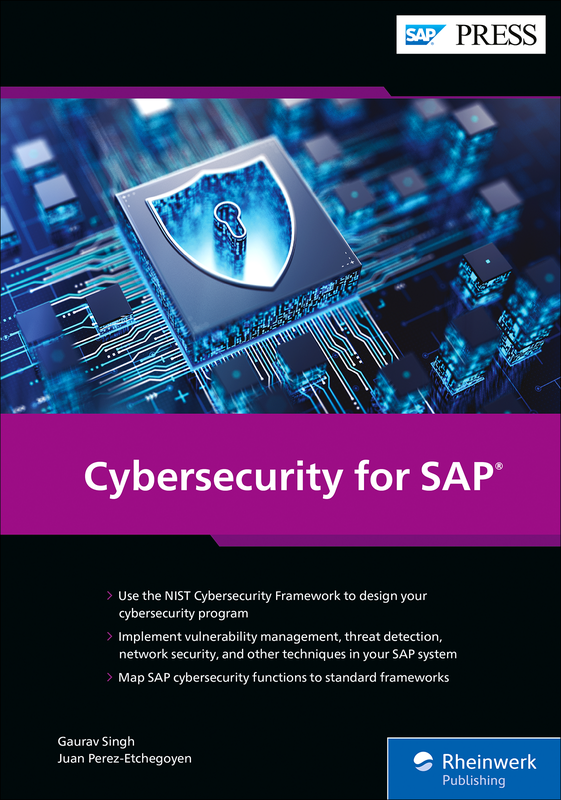12 Days of AppsMas: Why Your Organization Needs an ERP Security Strategy in 2022: Part 1

ERP systems, such as SAP and Oracle E-Business Suite (EBS), are the operational engine of an organization, running the business-critical applications and holding the data needed for businesses to function. Yet despite the importance of these systems, they almost always fall in a cybersecurity blind spot, left unprotected against internal misuse and external attacks.
The need for securing ERP applications has never been more urgent. In 2021, we saw ransomware and cyberattacks continue to keep organizations on their toes, and they’re not slowing down as we enter the new year, according to an alert from CISA and the FBI. In November, President Biden issued Binding Operational Directive 22-01, which mandates a schedule to remediate vulnerabilities to business-critical applications and systems. As evidenced by an Onapsis and SAP report, we know that threat actors have the motivation, means, and expertise to exploit unprotected ERP applications. As business leaders look to their security strategy in 2022, securing ERP should be of the utmost importance.
What is ERP?
Enterprise Resource Planning (ERP) systems, such as those from SAP® and Oracle®, are made up of the business-critical applications that manage essential business processes across the enterprise.
From accounting and manufacturing to sales, purchasing, and more, ERP systems bring all of your business processes together to improve collaboration, advance business productivity, streamline processes, and reduce operational complexity.
By connecting and providing access to data streams from across the business, ERP systems deliver deeper insights and give your business the flexibility and agility it needs to respond quickly to changes and advance digital transformation initiatives.
Why You Need an ERP Cybersecurity Strategy
ERP systems hold critical information
ERP systems contain an organization’s crown jewels—the sensitive information enterprises need to function on a daily basis: sales, HR, and financial data as well as personal information and intellectual property. If such data were to fall into the wrong hands or be held for ransom, the impact could be devastating in terms of operations, finances, and reputation.
Security and IT teams lack the visibility to detect risks
Visibility has always been the starting place for monitoring and protecting attack surfaces and valuable assets. Historically, there has been a gap in business-critical application security, as security and IT teams had limited visibility and understanding into the security posture of applications, as they spread across cloud, on-premise, hybrid environments. This can become especially concerning with today’s interconnectivity between applications and systems. ERP applications share sensitive data with other applications, creating interconnected risk. If not properly secured, ERP systems could be vulnerable to insider and outsider threats, critical assets and data could be exposed, and compliance violations may go undetected.
Exploits can allow threat actors to take full control
When organizations think about enterprise application security, they often focus on general IT controls and access. But threat actors are getting smarter and are focusing on vulnerabilities in the business-critical applications that power an organization. Exploits targeting misconfigurations and vulnerabilities can allow attackers to compromise IT controls and take full control of vulnerable systems. The broad range of possible digital malfeasance leaves organizations at risk for cyber espionage, sabotage, and fraud.
ERP is key to compliance
ERP data is key to many vital compliance mandates, including CCPA, GDPR, SOX, PCI-DSS, and the NIST and CMMC frameworks. The information compromised most often is the highest regulated in today’s business ecosystem — and most concerning is the popularity of sales, financial data, and PII. Protecting the integrity of that data is a must.
How to Make ERP Application Security a Priority in 2022
- Implement a vulnerability management program that specifically protects business-critical applications: Threat actors can exploit vulnerabilities from system configurations, user settings, custom code, and missing patches to gain access to your critical ERP systems. Finding and remediating these vulnerabilities before they can be exploited is essential to protecting your ERP environment.
- Build application security testing into development processes: Incorporating security checks into your application development and change management processes allows you to find issues in the shortest possible time. Fixing issues before they hit production is typically easier and less expensive, and helps avoid negative impacts to system security, compliance, performance, or availability.
- Continuously monitor for internal and external threats: Business-critical applications are an attractive target for bad actors, both inside and outside the organization. Keeping an eye out for unauthorized changes, misuse, or attack indicators is crucial for identifying this type of malicious behavior early so actions can be taken to prevent serious consequences.
See part two of why your organization needs an ERP security strategy in 2022.



